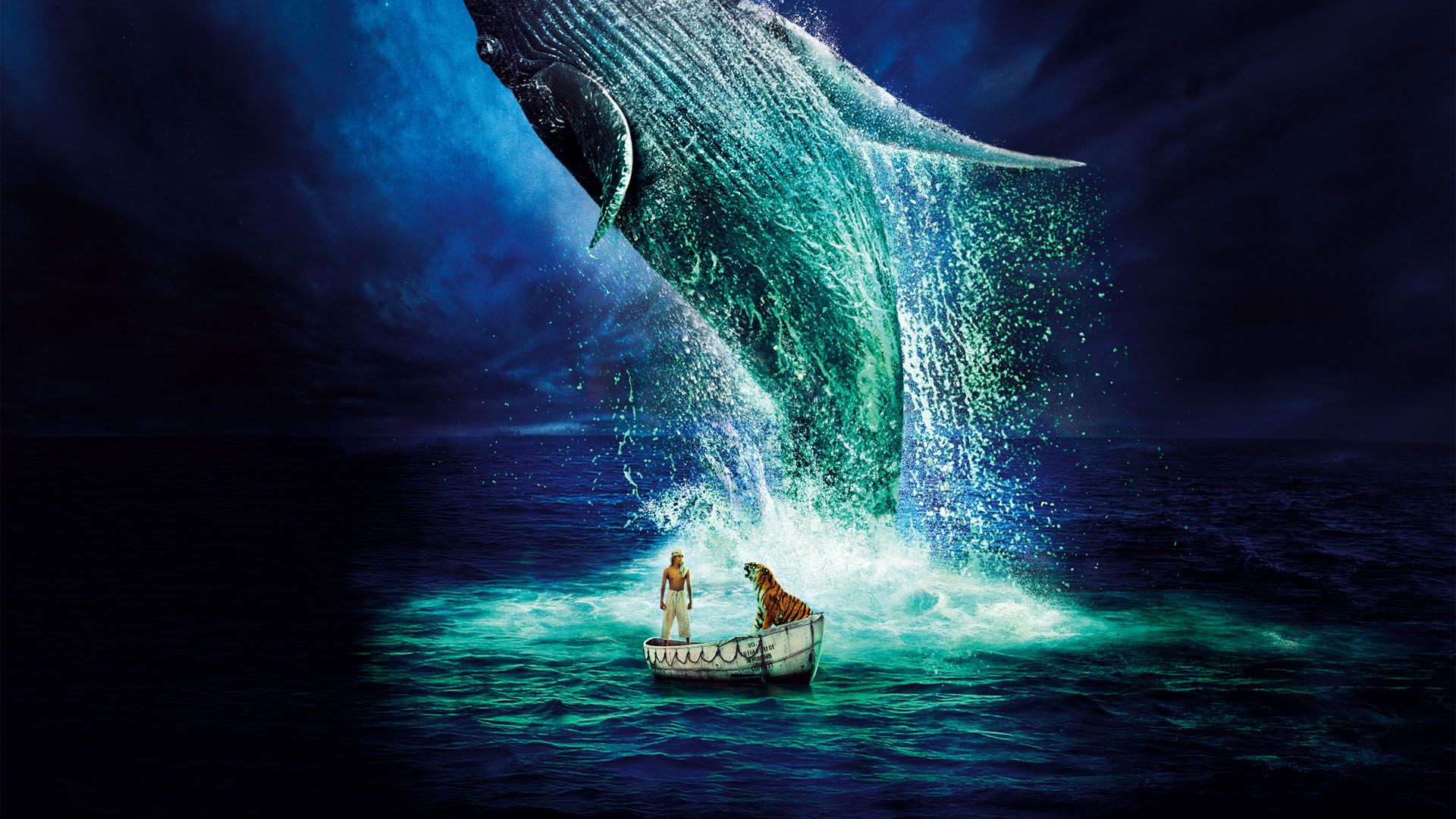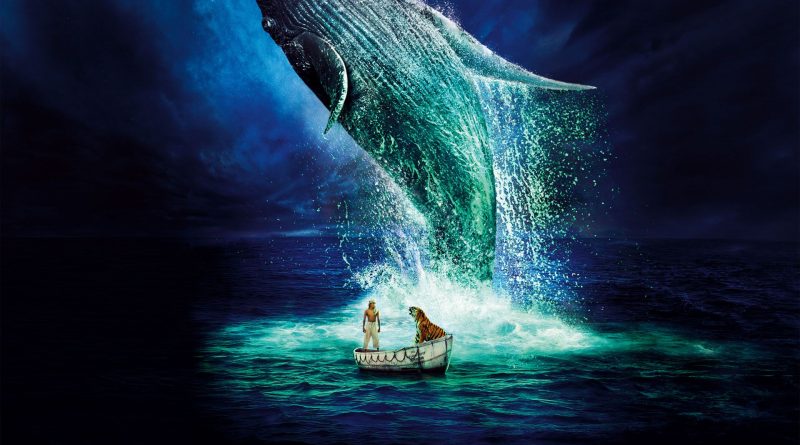Life of Pi – Review


Hollywood is currently enamored with realism. Audiences are clamoring for anything raw and gritty and studios continue to pump it out. Based on the 2001 novel by Yann Martel, Life of Pi is a sharp deviation from that style and it is a very welcome one. The film stars Suraj Sharma and Irrfan Khan and is directed by Ang Lee who has previously directed such films as Sense and Sensibility and Crouching Tiger, Hidden Dragon.
The film portrays the harrowing journey of young Pi Patel after a shipwreck leaves him stranded in the ocean. He had been living in India where his family owned a zoo but changing times led to his father’s decision to sell the zoo and move the family to Canada. They make their voyage aboard a large freighter with all the animals on board destined to be sold in America. Disaster strikes when a storm brings the ship down leaving Pi on a small life boat with the tiger from the zoo.
The film does an excellent job of opening your mind to a beautifully imagined world. Studios are always anxious to release their films in 3D as it helps bring in extra money. The problem is that 3D doesn’t add much to most releases. The films that benefit the most are those that have stunning, impressive, or unique visual imagery. A good example of this was the visually stunning Slo-Mo scenes from Dredd. Life of Pi’s breath-taking visuals proves again that 3D can add to the viewing experience.
Life of Pi deserves a lot of praise. The loss and struggles of young Pi are universally relatable and depicted in a very touching manner. Part of the film’s beauty has to do with its layers. On the surface, it is an exciting tale of a young boy’s adventures at sea. If that was all there was to the film it would still be very enjoyable. However, the film’s additional layers provide thought provoking questions which add great depth to the film. Part of me wishes we could have more films like Life of Pi. The other part of me understands that its uniqueness is part of what helps it shine. Pretty impressive for what was initially believed to be unfilmable.

